3 Simple Steps To Effective Meal Planning

So You Can Make Quick And Tasty Meals Without Long Hours Or Complicated Charts!
Start with “easy” meals
Every meal plan should include some no-brainer dishes that you can make or even assemble in your sleep. Adding these in first creates momentum and allows you to write off a significant chunk of your week before you get into more complicated meals — or if you like, you can even stop at this step and give yourself an easy week! Don’t be afraid of “easy”; the faster it gets done, the more likely it is you’ll sustain solid eating habits without feeling like you’re constantly in crunch mode. No need to feel guilty as long as it works for you!

Get your fats under control
Fats (even good ones) build up quickly in our diets if we’re not careful — many foods naturally contain oils and fatty acids that can knock you off your macros quickly. A simple way to address this is to pepper some “quick win” foods into your diet like nonfat Greek yogurt that predominantly consist of protein or carbs. If you remove enough “accidental” fats, you can start deliberately adding back in high quality fats to round out your macros. This is a great position to be in and it allows you to have more freedom with your core meals.

Diversify your meals
Exercising sustainably with a lifelong plan, not another 6-week fad diet that never works, is essential, as highlighted in the build strong legs workout in under 45 minutes. There are only so many varieties of sandwiches or pastas you can make, so don’t be afraid to try out something outside of your comfort zone! This adds a little time for research, but over time it will be much easier to generate meal ideas quickly as you have more options. Plus, meal diversity = nutrient diversity, which is essential for building a healthy body that responds to training and allows you to build the physique you want!Want more guidance on which foods to include in your diet and building a sustainable approach to nutrition? We’ve helped thousands of women get toned eating foods they love and exercising sustainably with a lifelong plan, not another 6-week fad diet that never works. To enroll in a program that allows you to create the body and life you truly want…

Uncover what’s holding you back from getting toned & feeling confident in your skin!
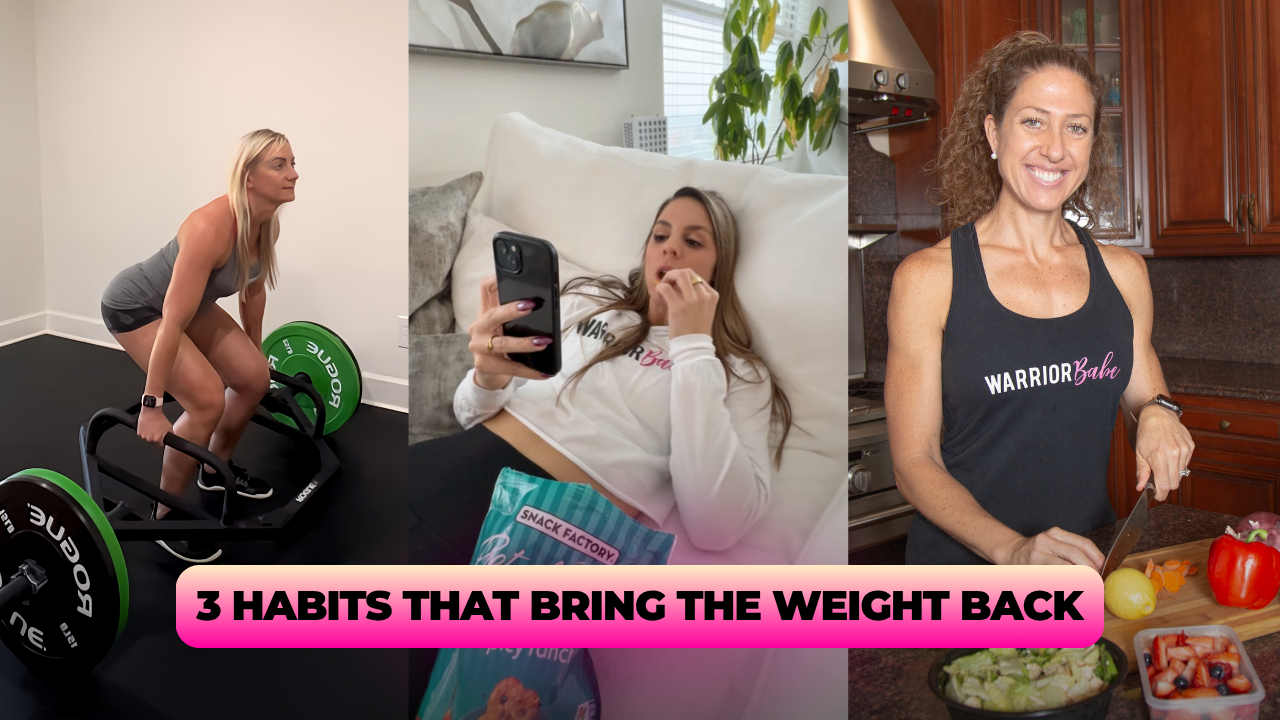
Our body compositions are a product of the many subtle decisions we make daily, and it’s easy to miss the ones that throw us off and invite unwanted weight back into our lives. Let’s cover 3 of the most critical ones and how to handle them!
3
min read
1. Habits
We all carry around the habits we’ve ingrained over the course of years, even our entire lives — and it takes time and concerted effort to entrain new ones. If you slip back into your old habits for a moment, that’s normal; if you don’t pull yourself back out of them, that’s where you’ll run into trouble. Fight for your desired habits first. Do everything in your power to shape them into what you want, because they are the foundation of everything in fitness. When the weight starts coming back, ask yourself honestly: “Am I consistent with the habits I want, or have I been slipping back into my old, unproductive ones?”

2. The pull of the ‘old you’
As habits become ingrained, they start to define the way we see ourselves. If you have no ‘proof’ yet of the person you want to be, it’s easy to look at your habits, lifestyle, and health and think this is simply who you are. But if a lifetime of choices and habits created this you, more intentional decisions can create a new you. The simplest way to start is by gathering evidence that you already are the person you want to be, from logging your habits to buying healthier food to tracking and logging your meals... it all compounds, and recognizing the changes you make helps solidify the transition you want to embody.

3. Discipline as freedom vs. discipline as punishment
This last point is a tricky one. You can stay disciplined for a day, a week, maybe even a month through sheer force of will... but if you want to stay on track for years, your success depends on a critical distinction: Do you see discipline as creating a life of freedom, or one of punishment and suffering? If your association with discipline is negative at its core, you’ll constantly be pushing up against a wall — or you’ll be miserable throughout the entire process. This is where you need to remember why you’re on this journey in the first place, identify with your ‘why’, and use discipline as your path to what you care about, not something you ‘have to’ do.

Want 1-on-1 support with building your dream body composition and keeping your results? Apply to become a WarriorBabe here!

Macronutrients aren’t just about what & how much you eat in a day — there’s an art to supporting your body’s natural rhythms, giving you sustained energy and lasting results. Let’s look at how to do it!
3
min read
1. Even spread across meals
If you’ve ever heard the advice to “frontload” a certain daily macro (usually protein) or “backload” another (usually carbs), this is typically a bad recommendation. The reason being, your body needs ALL macronutrients throughout the day. Batching on macro into a certain part of the day can make you lethargic and prevent your body from gaining access to the macros it needs at the moment it needs them. The opposite is best: Aim for an even spread of your daily macros across all the day’s meals, with one key exception (which we’re about to cover).
.jpg)
2. Alter your macros before and after your workouts
Pre- and post-workout meals are essential to maximizing your results from lifting, but you don’t want to treat them like standard meals — your body will typically prioritize digesting fats, but it needs protein and carbs. So limit your fats before and after working out, and spread them between your remaining meals as much as possible. Focus on eating leaner, cleaner pre- and post-workout meals, and save the richer options for breakfast, lunch, and dinner. Plus, this way you have room to add extra flavor to your bigger meals with those fats. Working with your body by giving your muscle repair and digestion a leg up is one of the easiest paths to sustaining your energy day to day!
.jpg)
3. Eat early and often
Intermittent fasting has its place, but it’s not building a lean body composition. By delaying your first meal, you rob your body of the macros it needs to build and repair muscle tissue and provide you with the energy to kickstart your day. This is especially true if you work out in the mornings — where is your body getting the nutrition it needs to maximize the results of your workouts? Even a light meal early in the morning will go a long way toward balancing your energy throughout the day. And just remember: You already intermittently fast while you’re sleeping!
.jpg)
Want 1-on-1 support with balancing your macros, improving your energy, and building your dream body composition? Apply to become a WarriorBabe here!

In these articles, we talk a lot about what you can do to transform your body composition — this time, we’re talking about 3 things that will ensure you never build the body you want, so you can avoid doing them completely!
3
min read
1. All cardio, no strength
The first step is to do as much cardio as you possibly can. Not only will you burn off the fuel your body needs to tone, you’ll release additional stress hormones that cause your body to hold onto more fat stores, solidifying the body composition you already have. You don’t get rid of the old, you don’t welcome the new. Building muscle speeds up your metabolism, allowing you to burn off more pounds — so if you’re trying to ensure you keep the exact body you have and never see more muscle tone than you do right now, doing tons of cardio is a great way to get there!
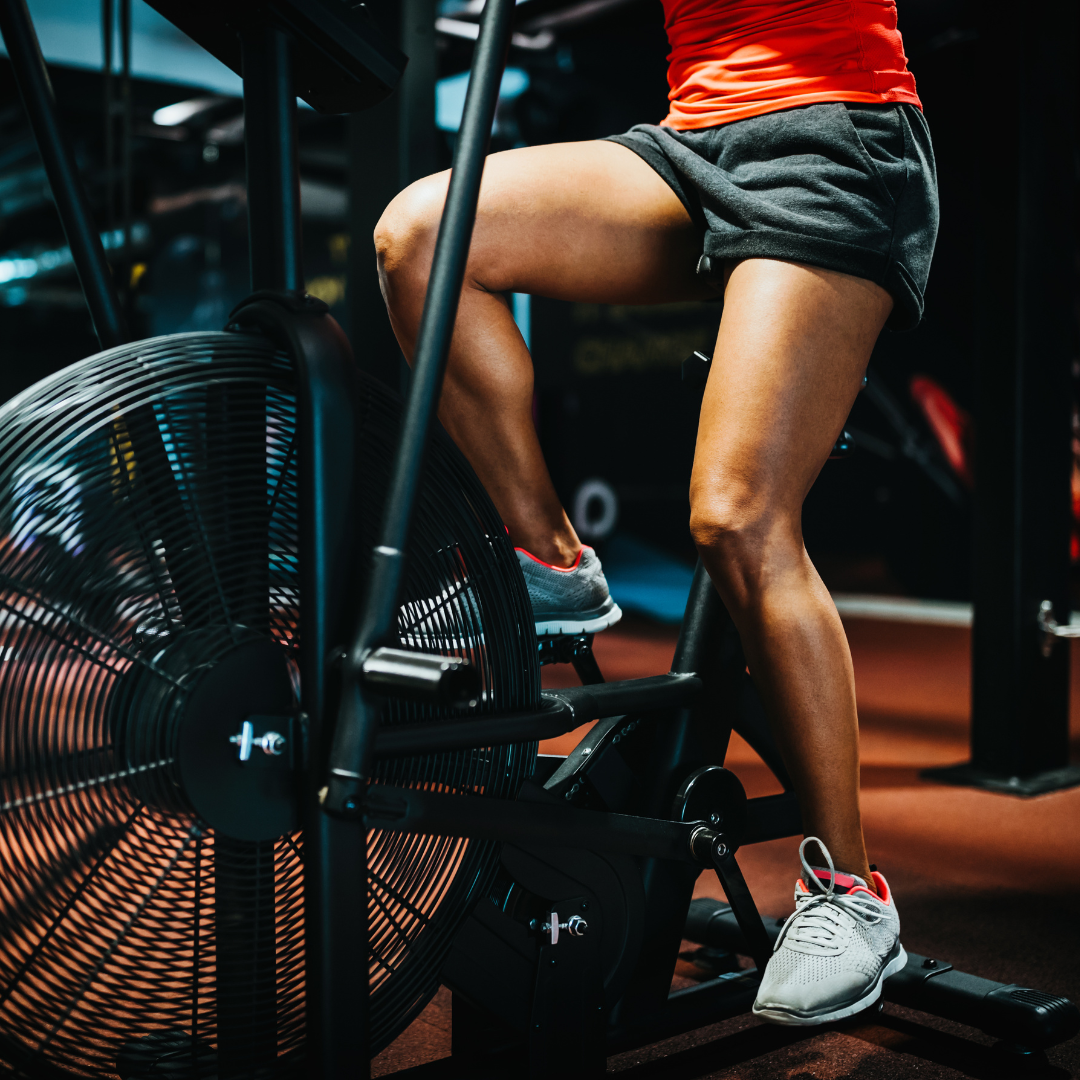
2. Cut out carbs
Seriously, cut out all of them. Eating carbs lets your body build glycogen, which is a vital tool for building a lean body composition. And especially don’t eat carbs before and after your workouts, when your body wants those carbs to fuel your muscles. You don’t want to build definition, after all — you want to stay exactly where you are, then never, ever use carbs, because they’re crucial for toning. Having no carbs in your system allows your body to feed off of muscle tissue to provide energy for your workouts, which is perfect for guaranteeing you’ll never change your body composition.

3. No rest days
Your body needs rest periods in between workouts, even in between sets, even entire days — the more you ignore this, the easier it is to lock in the body composition you already have. Without time to recover, you can’t build muscle or speed up your metabolism, which makes this the perfect way to stay stuck. In fact, try doing two workouts every day; then you’ll really make sure that you never have the energy to recover and change your body composition! Hit the gym as often as you possibly can without time to catch your breath, then you’ll eliminate any possibility of accidentally building the life you want for yourself.
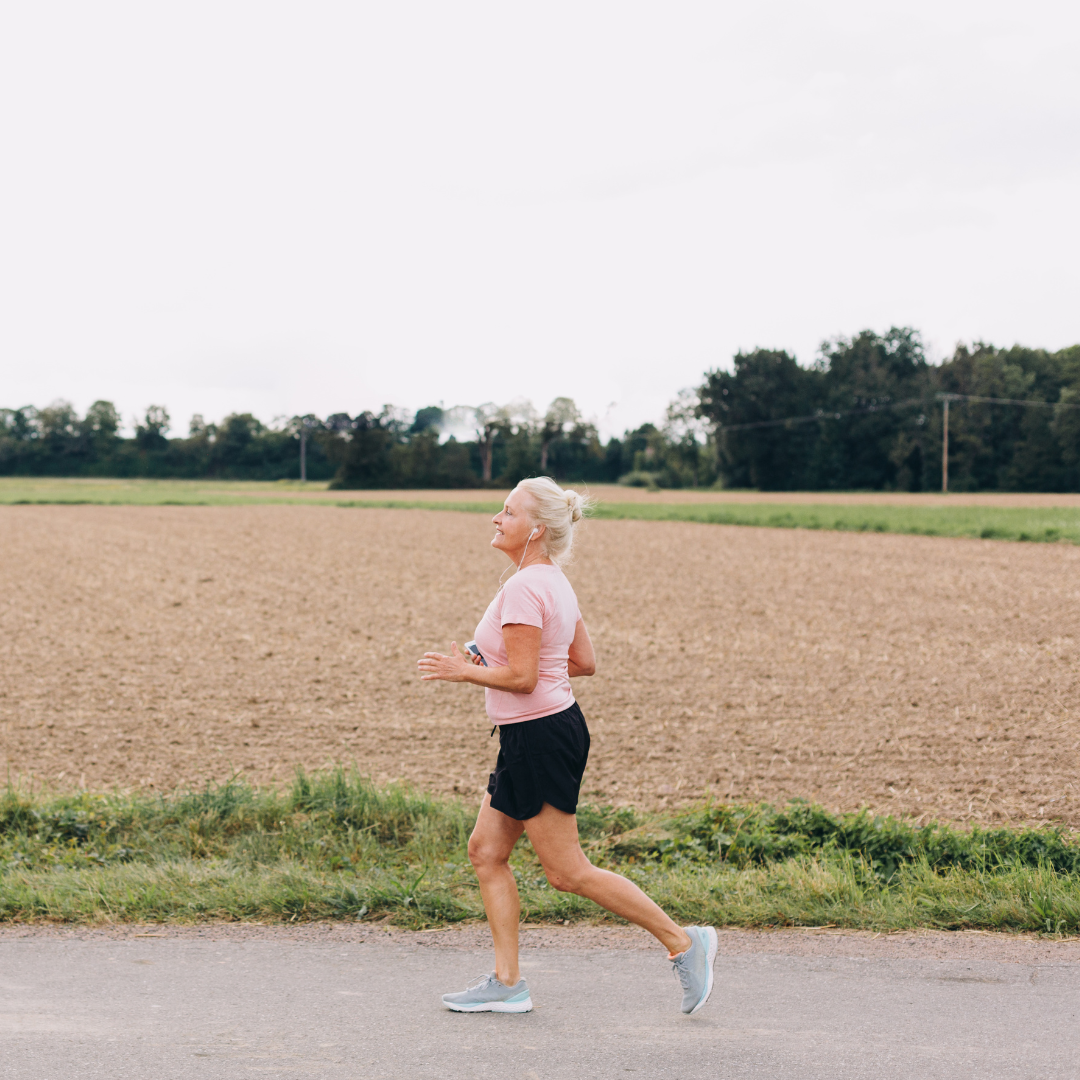
Want 1-on-1 support with building your dream body composition (for real this time)? Apply to become a WarriorBabe here!
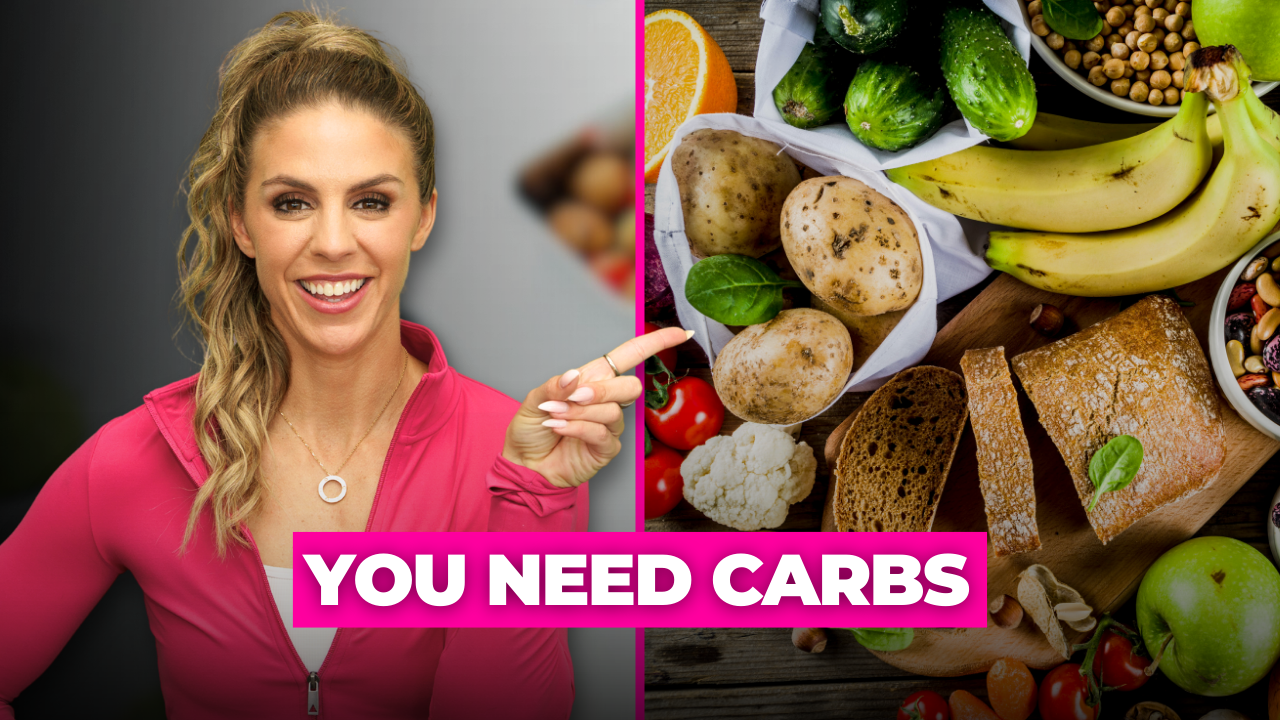
If you’re serious about building a body composition you love, carbs aren’t just helpful; they’re essential. Building definition without carbs will be one of the hardest things you ever do, and here’s why...
3
min read
1. Fuel for your muscles
Ever wonder how your muscles get their energy for your workouts? Ideally, your muscles want to consume glycogen for fuel — a compound made from the carbohydrates your body consumes. That means if you consume little to no carbs, not only will you have no glycogen available, your body will turn to other energy sources... and one of those is your muscle tissue itself! If you’re breaking down muscle to feed muscle, you’re fighting an uphill battle. Your body can learn to burn fat for muscle, which is largely what ketogenic diets rely on, but read the next section before you count on that.

2. Alternative energy sources
Yes, your body can adapt to using fat for fuel, but consider this: Would you give your car a form of fuel it wasn’t designed for simply because someone told you it would still run? Of course not! Besides, how do you know what the cumulative effect will be years down the line? Our bodies are meant to consume protein, fats, and carbs — all are sources of energy, and all of them are essential to our long-term health and optimal function. Lose any one of them and your body will do its best to adapt, but it will never reach its full potential or reward you for it... and your body composition will suffer in the meanwhile.
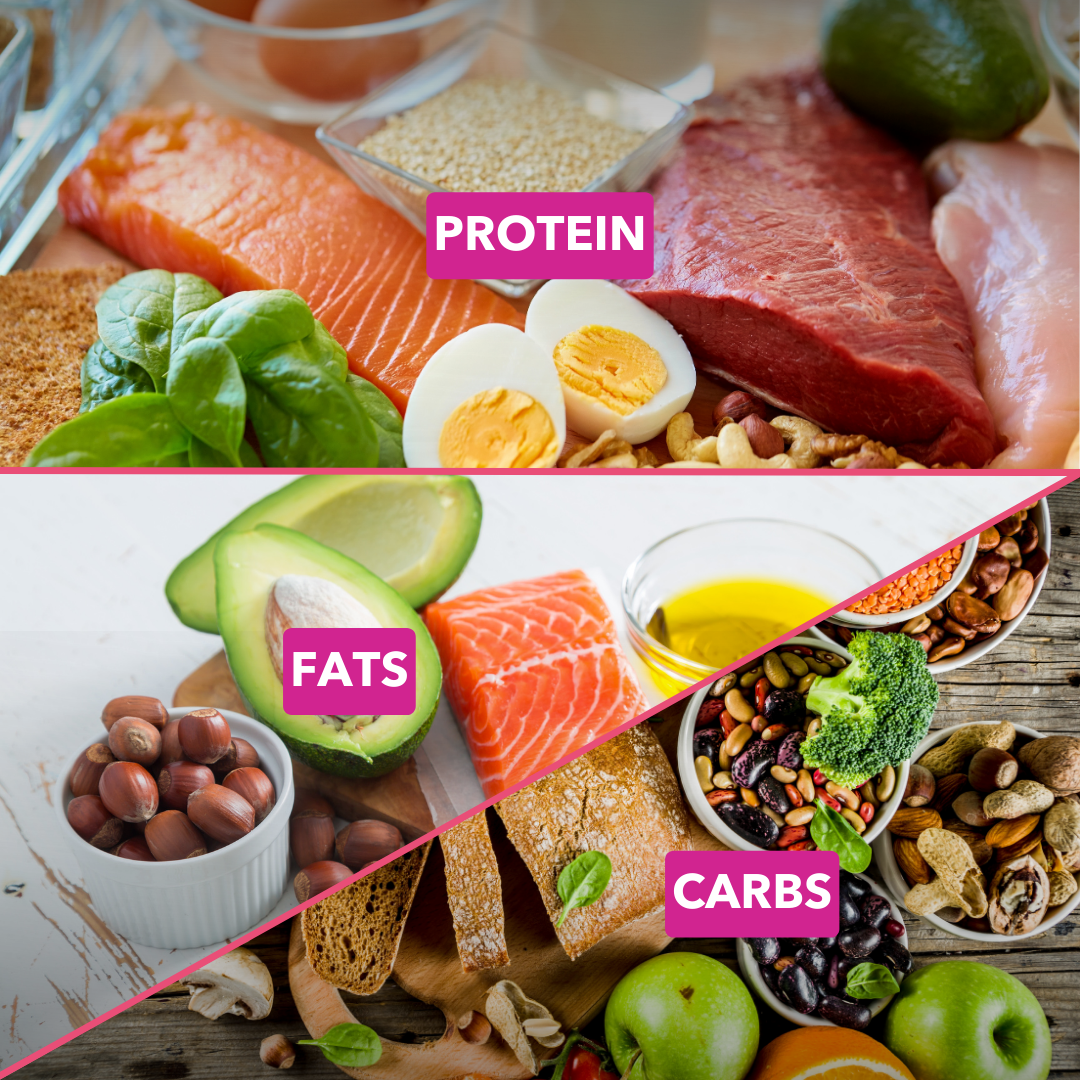
3. Quick availability
You can take preworkout if you choose, but nothing primes your body for muscle growth like simple carbohydrates. These fast-digesting energy sources are quickly converted into glycogen, meaning you can eat shortly before your workout and get an energy spike you can actually use, instead of one that just leads you to crash later. White bread, white rice, certain fruits, and even refined sugars can all serve this purpose, provided they’re combined with lean proteins — and lean is essential, because your body will prioritize digesting fats FIRST, removing the primary benefit of that quick hit of carbs.
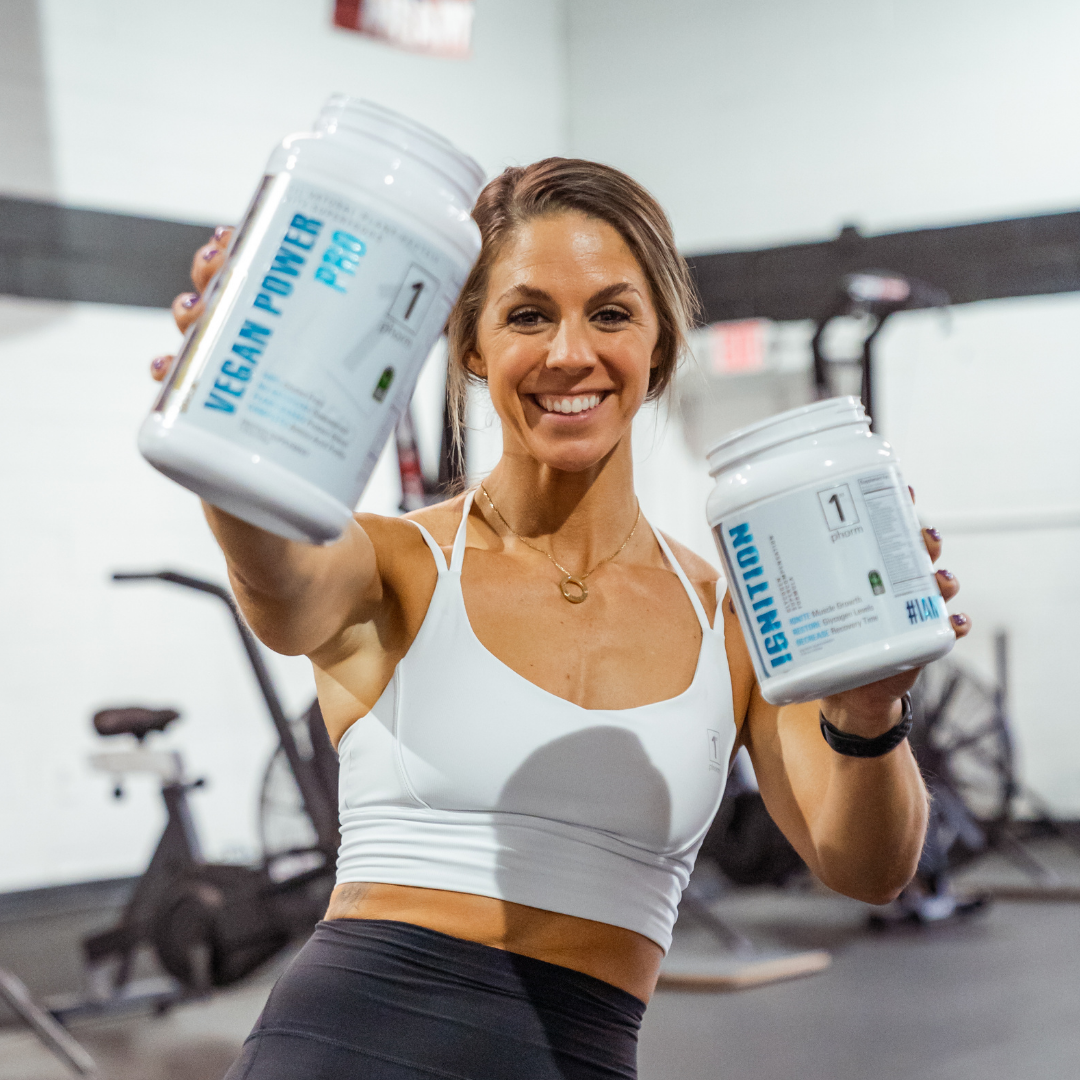
Want 1-on-1 support with using carbs to build your dream body composition? Apply to become a WarriorBabe here!

Cut phases are where you get to drop lbs for real, but they’re often riddled with avoidable mistakes. Let’s check out 3 ways to get more from your cuts and build a sustainable body composition you love!
3
min read
1. Build & maintain first
Effective cut phases happen not just because of the work you put in during them, but what you do beforehand. If you jump right in without a solid build or maintenance phase, you’ll have no foundation to build on top of. When you’ve already built lean muscle and established a healthy nutritional cadence, your body will respond more readily to the work you put in. Otherwise, your body’s natural response to less food will likely involve conserving calories in fat tissue. So before you start, making sure you’ve been building or maintaining and getting results first, before you even think about starting a cut phase.

2. Cut in stages
In an ambitious cut, you won’t be able to stick to your target macros immediately. Either they won’t work (because your body panics when it’s suddenly getting much less food than it’s used to), or you’ll give up because life becomes miserable all the time. If you’re constantly hungry — not ‘normal’ hungry, but ravenous, all the time — how can you possibly give everything you’ve got to your workouts? Combine that with more frequent, more intense cravings, and toning becomes much harder. So set intermediate targets and adjust your macros toward your desired numbers over time. The journey will be more effective, sustainable, and fun this way!

3. Know when to stop
No one can cut forever. Obviously you can’t reduce your weight indefinitely, but it’s tempting to pursue your desired physique or weight in a single cut. Unless you’ve been effectively transforming your body for years, this is nearly impossible — your body will respond better if your path looks more like: cut, maintain, cut, maintain, build, maintain, cut, maintain, etc. Punctuate cuts with building muscle and teaching your body how to operate healthily on a ‘normal’ day. Once its ready, then you can start the next cut. Simple, effective, but often overlooked — don’t lose sight of the life you want by aiming for quick fixes!

Want 1-on-1 support with your cut phase while you build your dream body composition? Apply to become a WarriorBabe here!

Free macro calculator to estimate daily macros. Real results come from coaching, accountability, and plans tailored to women 40+.
6
min read
Everyone searches “macro calculator” to find the right protein, fat, and carbs. Smart. But calculators give you a baseline, not a result. Real progress—fat loss, muscle tone, energy—comes from adjustments, accountability, and a plan that respects hormones and metabolism.
That’s why WarriorBabe coaches women 40+ to take the guesswork out of food and training—and turn numbers into a transformation.
What a Macro Calculator Does (and Doesn’t)
A macro calculator estimates:
- Calories (maintenance baseline)
- Macros (grams/day of protein, fats, carbs)
It uses your age, weight, height, and activity level to spit out a starting point. Helpful? Yes. Complete? No.
It doesn’t know your current metabolic state, stress, sleep, thyroid, menopause status, muscle mass, training volume, or fat-loss timeline. That’s why two women with identical numbers get very different results.
Use the Free WarriorBabe Macro Calculator
Enter your stats. Get a baseline for calories and macros. Then keep reading to learn how to adjust.
What do these levels mean?
Please note: These macros use only age, weight, height, and lifestyle. They don’t capture your goals, metabolism, hormones, stress, or training history. If you want a plan you can follow today—with macro timing, menopause adjustments, and example menus—grab the Macro Guide.
How to Read Your Results
Calories (Total Caloric Baseline)
This is your estimated maintenance intake—the energy level where weight tends to hold steady. From here you can:
- Create a fat-loss deficit (generally 10–20% below baseline)
- Eat at maintenance (recomposition or metabolic reset)
- Run a slight surplus (build strength/lean mass)
Protein
Your foundation. Women over 40 typically perform best with 0.8–1.0 g per lb bodyweight (or 1.8–2.2 g/kg) depending on training, satiety, and recovery.
Fats
Support hormones, joints, and satiety. Range usually 0.3–0.45 g per lb (0.7–1.0 g/kg). Don’t crash fats too low during menopause.
Carbs
Fuel training, mood, and thyroid conversion. After protein and fats are set, carbs fill the remaining calories. Training days often benefit from more carbs, rest days slightly less.

Adjusting for Your Goal (with Examples)
Fat Loss (12–16 weeks typical)
- Start at ~15% below your baseline calories.
- Keep protein high, fats moderate, and flex carbs around workouts.
- Example (150 lb, moderate activity):
- Baseline 2,050 kcal → Cut target ≈ 1,740 kcal
- Protein 150 g (600 kcal)
- Fat 60 g (540 kcal)
- Carbs 150 g (600 kcal)
Coach tip: If energy tanks or sleep worsens, pull back to a 10% deficit for two weeks. Results > aggression.
Recomposition / Metabolic Reset (4–8 weeks)
- Eat at maintenance to restore energy, lift heavier, and normalize hunger signals.
- Protein high, carbs centered around training, fats not too low.
- Re-assess photos, strength, and measurements before pushing a cut.
Lean-Mass Focus (8–12 weeks)
- 5–10% surplus with structured strength training.
- Prioritize progressive overload, sleep, and protein timing (20–40 g per meal, 3–4x/day).
The 2-Week Feedback Loop (How to Know It’s Working)
Track these for 14 days:
- Scale trend (not single days)
- Measurements/photos (waist, hips, thigh)
- Energy & sleep
- Training performance
If fat loss is the goal:
- Down 0.3–0.8% bodyweight/week = on track
- Not moving after 14 days → reduce 75–125 kcal (mostly from carbs) or add 1–2k steps/day
- Feeling flat? Shift 25–40 g carbs toward your strongest training session
If energy or sleep tanks: your deficit is too deep. Reduce the cut or run maintenance for 7–10 days.

Menopause & Macros—What Changes?
- Protein becomes non-negotiable (0.8–1.0 g/lb).
- Carbs drive training performance; plan them pre/post lift days.
- Fats support hormones; avoid going below ~0.3 g/lb for long stretches.
- Stress & sleep can stall fat loss—sometimes the fix is smarter programming, not fewer calories.
This is where a coach prevents you from zig-zagging and wrecking your metabolism with constant cuts.
1-Day Example Menu (150 g protein / 60 g fat / 150 g carbs ≈ 1,740 kcal)
- Breakfast (no crash):
Greek yogurt (0% 250g), berries (100g), chia (1 tbsp), honey (1 tsp)
30P / 7F / 35C - Lunch (fast prep):
Chicken breast (5 oz), rice (150g cooked), veggies, olive oil (1 tsp)
40P / 9F / 45C - Pre-lift snack:
Protein shake (25g), banana (1 medium)
25P / 0F / 27C - Dinner (satisfying):
Salmon (5 oz), potatoes (200g cooked), asparagus
40P / 20F / 35C - Evening:
Cottage cheese (150g) + cinnamon
15P / 4F / 8C
Adjust portions to match your targets; swap proteins/carbs you enjoy.
8 Common Mistakes (and Simple Fixes)
- Using numbers as gospel instead of a starting line → run the 2-week feedback loop.
- Under-eating protein → set it first; hit it daily.
- Cutting fats too low → hormones and adherence suffer.
- Crash-dieting → use 10–20% deficit, not starvation.
- Weekend wipeouts → plan one flexible meal; keep protein fixed.
- Ignoring steps → 7–10k/day drives results without crushing recovery.
- Changing 10 things at once → adjust calories or steps—not both.
- No accountability → coaching turns intention into execution.
Why WarriorBabe VIP Beats Any Calculator
- 1:1 coaching that adapts macros to your life, not the other way around
- Weekly adjustments based on photos, trend data, and biofeedback
- Strength programming that fits your schedule and joint health
- Mindset coaching to end the “start–stop” cycle
- Community of 3,000+ women proving age isn’t the limit
A calculator gives you a number. Coaching gives you a transformation.
Want step-by-step macros that actually work?
Get the Macro Guide (timing, menopause adjustments, 14-day menus)
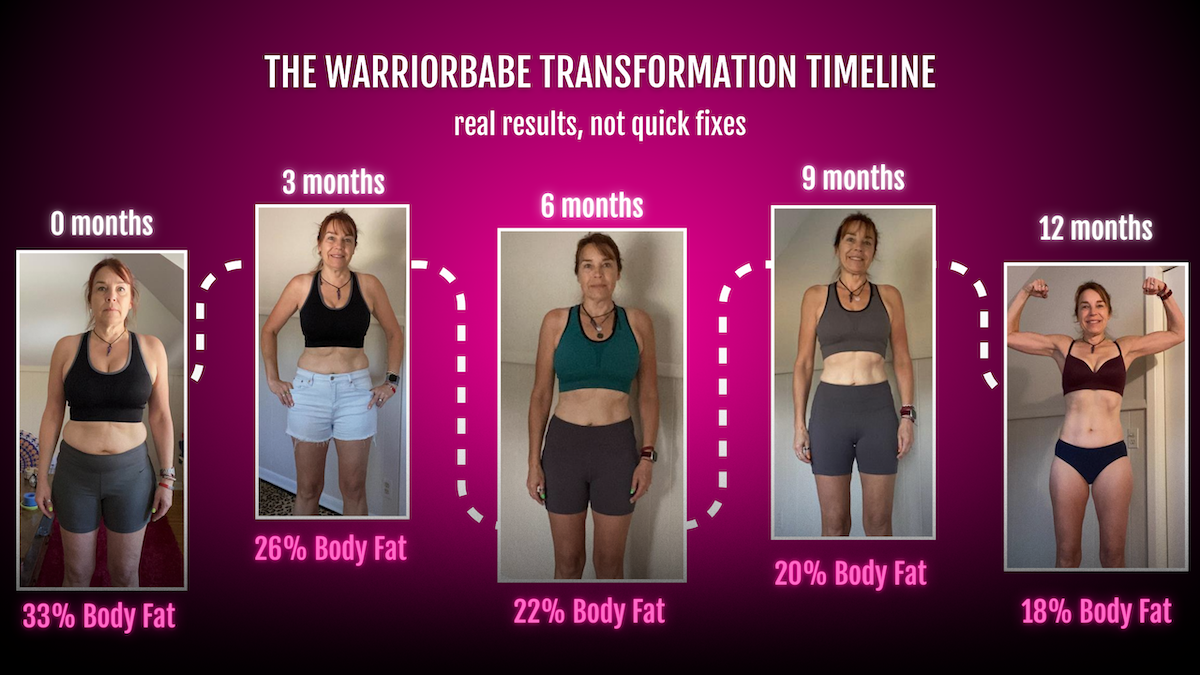
FAQs
What’s the best free macro calculator?
Any reputable tool that collects age, weight, height, and activity will give a baseline. The magic is in how you adjust it over time.
Are macro calculators accurate?
They are estimates. Accuracy comes from feedback: scale trend, photos, measurements, energy, and strength—then tweaking.
What macro split is best for fat loss after 40?
High protein, moderate fats, and carbs targeted around training. The exact ratio is personal—which is why coaching helps.
Do macros matter during menopause?
Yes. Hormonal shifts change how your body uses carbs and fat. Smart macro timing + strength training is a game-changer.
Final Word. Numbers Don’t Create Change. Action Does.
Your macros today are the starting line. You win with a plan, accountability, and adjustments that match your body.
Want step-by-step macros that actually work?
Get the Macro Guide (timing, menopause adjustments, 14-day menus)
Tired of Watching Your Body Composition Slip Year After Year?
Regain control over stubborn weight gain. Build a sculpted, energetic body—no fad diets, no marathon gym sessions, and no giving up the foods you love.
.svg)




.svg)
.svg)




